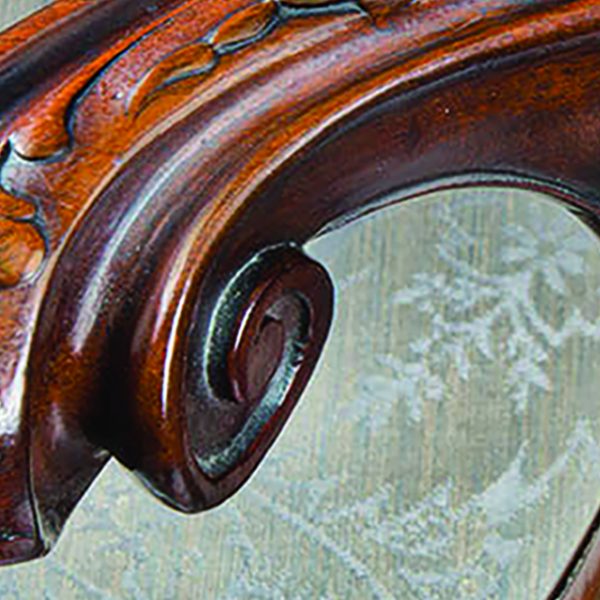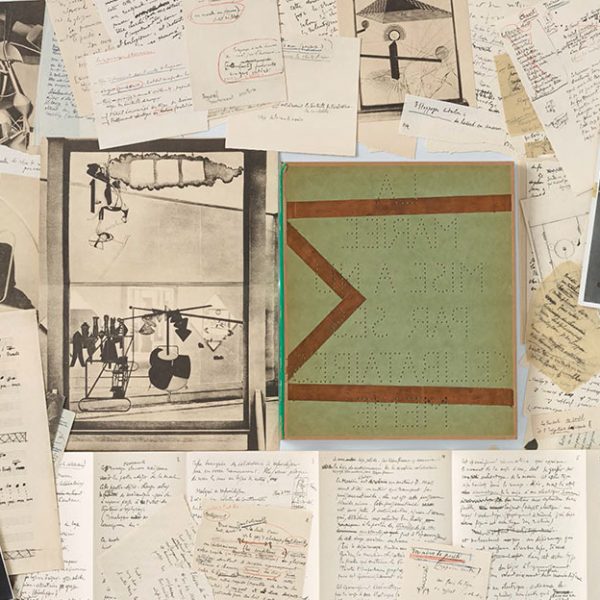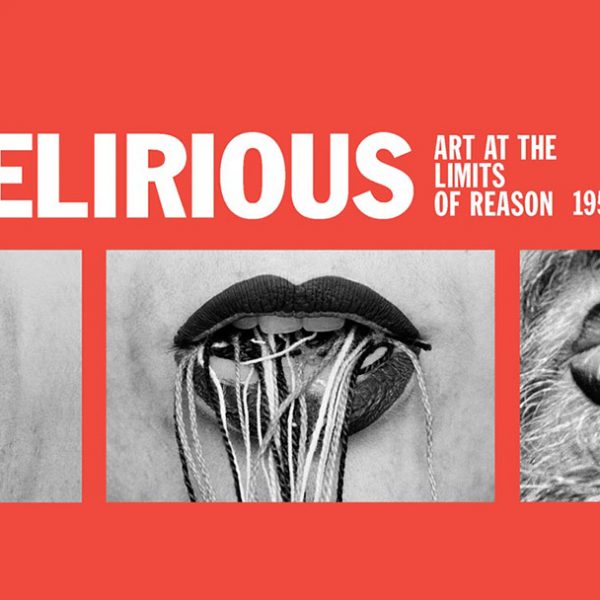Rediscovered Inness Inspires a Gallery
 When art goes missing, the case can monopolize headlines and excite theories and gossip. Was it stolen? Destroyed? Does it have something to do with The Da Vinci Code? Sometimes, though, the case is not very dramatic at all. Art, even masterpieces by famous artists, can simply be forgotten. According to The Guardian, up to eighty percent of any gallery’s collection is in storage at any time. For example, most of the Louvre’s collection, as Travel Sign Posts points out, is always in storage. Chicago Art Magazine notes finding enough storage space for a collection that is constantly acquiring and accepting donations can become a problem for art galleries. Art can remain in storage for a long time without attention. Mark D. Mitchell‘s George Inness in Italy is inspired by the rediscovery of a painting that had the misfortune of becoming “lost” in this rather dull way, having “languished” in storage for years, but was then rediscovered with great interest.
When art goes missing, the case can monopolize headlines and excite theories and gossip. Was it stolen? Destroyed? Does it have something to do with The Da Vinci Code? Sometimes, though, the case is not very dramatic at all. Art, even masterpieces by famous artists, can simply be forgotten. According to The Guardian, up to eighty percent of any gallery’s collection is in storage at any time. For example, most of the Louvre’s collection, as Travel Sign Posts points out, is always in storage. Chicago Art Magazine notes finding enough storage space for a collection that is constantly acquiring and accepting donations can become a problem for art galleries. Art can remain in storage for a long time without attention. Mark D. Mitchell‘s George Inness in Italy is inspired by the rediscovery of a painting that had the misfortune of becoming “lost” in this rather dull way, having “languished” in storage for years, but was then rediscovered with great interest.
Until this year, Inness’ Twilight on the Campagna had not been on display at the Philadelphia Museum of Art since 1952, shown here on the cover of the accompanying catalog for an exhibition currently at the Timken Museum of Art. The “rediscovery” of the painting was especially important because it is one of the few paintings Inness created early in his career whose surface is well-preserved. Art lovers know this means the surface can be studied more easily than other paintings in order to discover Inness’ working technique and aesthetic purpose. Cross-section samples and infrared photos have revealed information about Inness and the painting’s relationship to his other works. Twilight on the Campagna, for example, is technically similar to another painting from this collection, A Bit of the Roman Aqueduct, while both paintings differ from the rest of the works for their structure and unusual materials.
All of the landscapes in George Inness in Italy were painted during the artist’s two trips to the country in 1851-52 and 1870-74. Art historians credit these trips with reinventing Inness’s painting style from regressive, in which he copied other landscape-painters such as the Hudson River School, to progressive. The trips allowed him to experiment with various techniques and styles, trying both the paths of the old European masters as well as developing a new American style of landscape. Twilight on the Campagna showcases Inness’s more obvious changes in style, especially in mood and atmosphere, but all the Italian landscapes show that his travels “shaped the course of his career.”

























